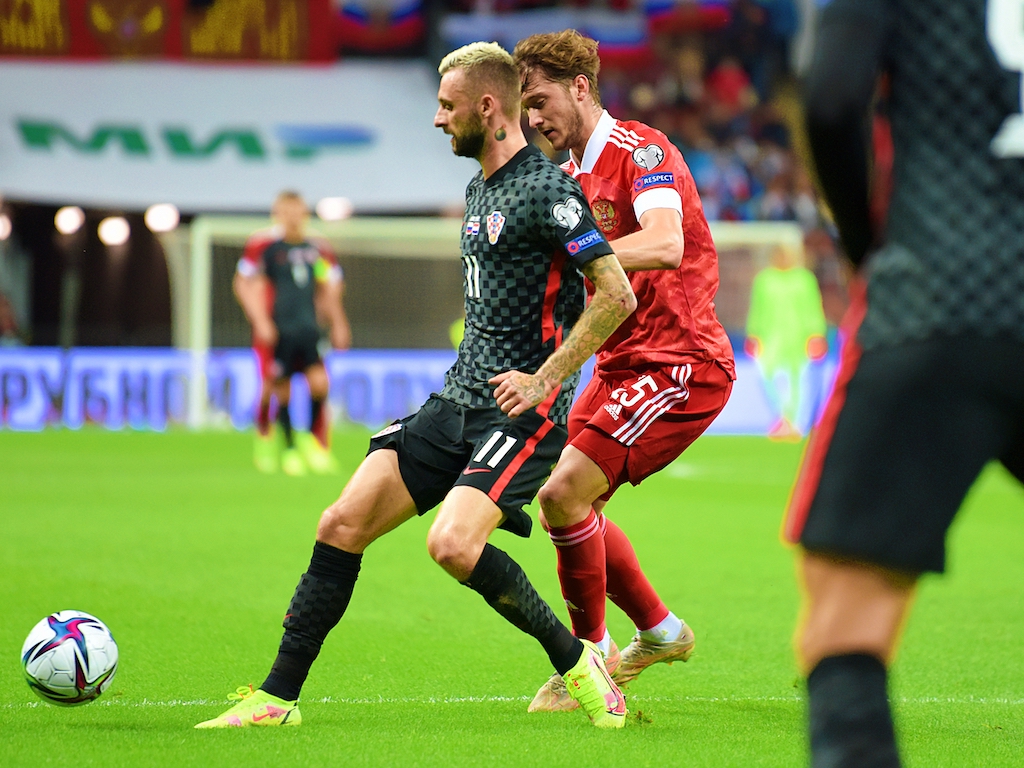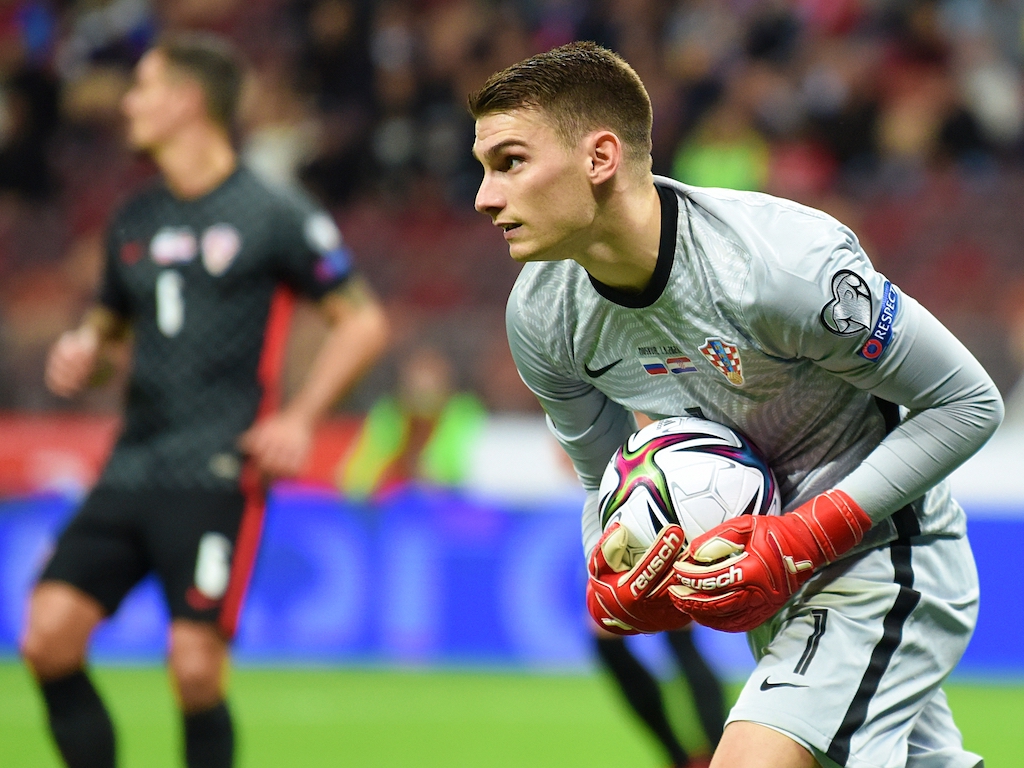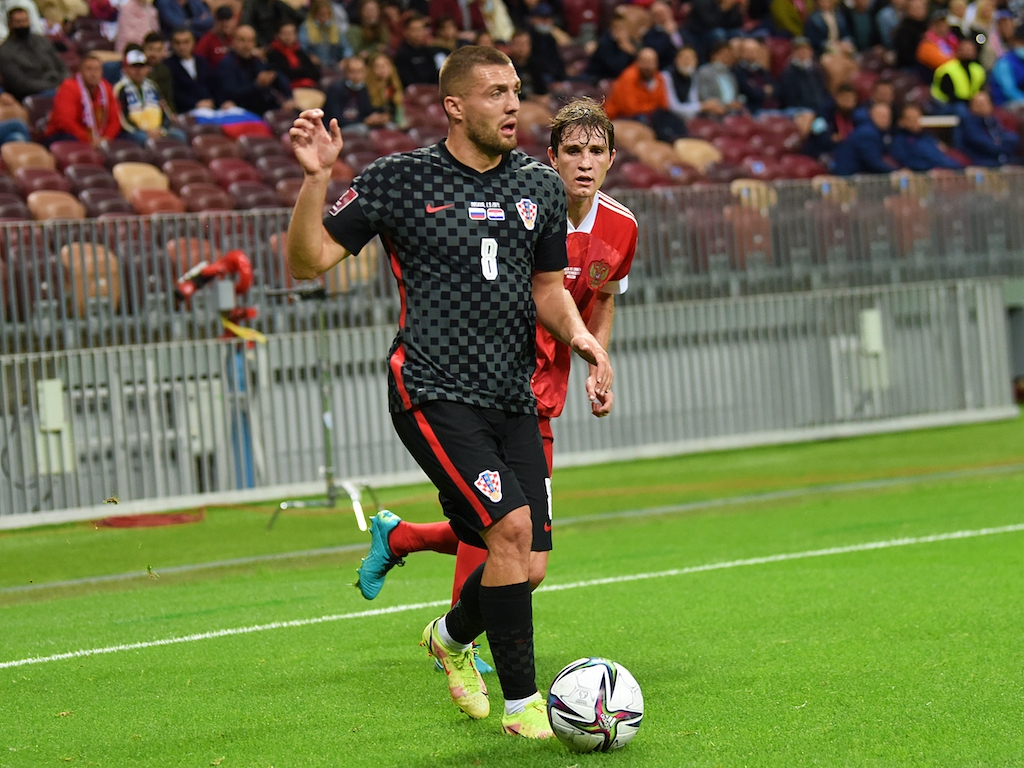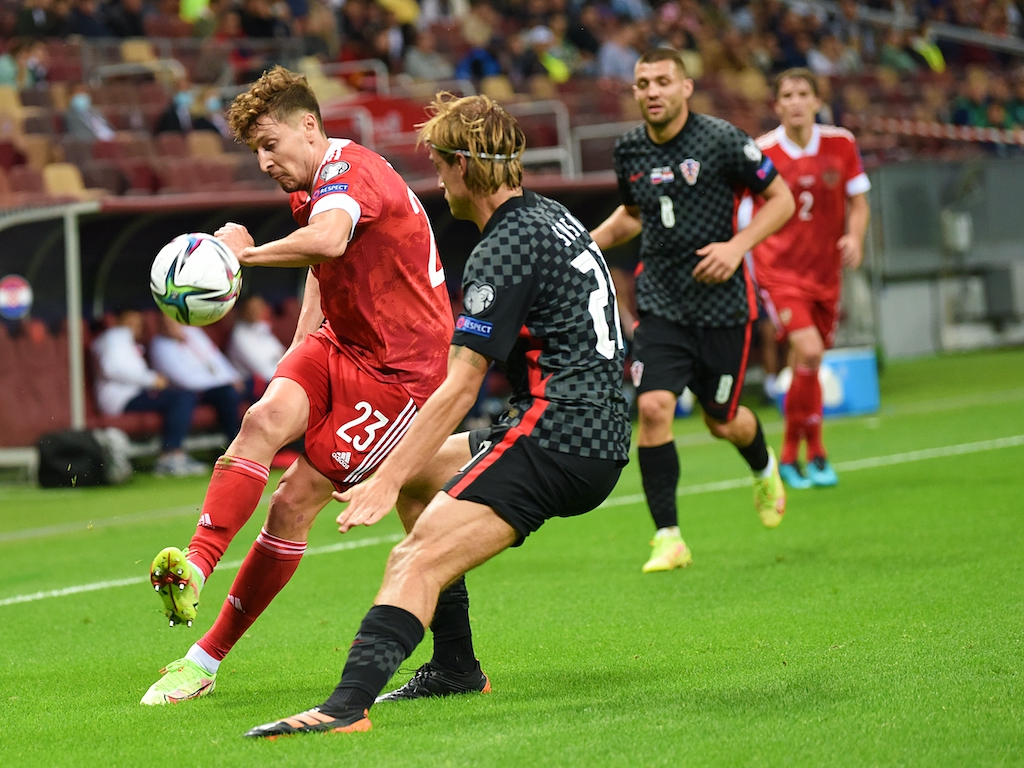Golden Key Award: Best Croatian Exporters of 2020 Announced
September the 2nd, 2021 - The Golden Key Awards are upon us, and with the horrendous pandemic dominated year of 2020 quite comfortably behind us, we can look at how Croatian companies performed under the most dire of economic circumstances. These are the best Croatian exporters of 2020.
As Poslovni Dnevnik/Darko Bicak writes, Koncar - Distributive and special transformers/Distributivni i specijalni transformatori was named the best of the large Croatian exporters for last year. The Golden Key Award, which is being awarded for the fourteenth time in a row, was presented to them at the sixteenth annual convention of the Croatian Exporters' Association which was held in Zagreb on Wednesday.
In the category of medium-sized Croatian exporters, the winner was the astonishing Infobip from the Istrian town of Vodnjan, while the software company Axilis, which develops online betting platforms, was declared the laureate among micro and small companies.
''Croatian exporters are a shining example of the Croatian economy, but they are forced to work in much worse conditions than official statistics show and we must be concerned about that,'' said Darinko Bago, the president of the Croatian Exporters' Association at the Convention of this interest group.
"As this is a turning point, a year full of crisis, 2020 was problematic for most companies, and all comparisons of business and exports are made with pre-pandemic 2019. Back in 2019, there was a decline in exports compared to the year before. We recorded a drop in trade by 11 percent and services by 20 percent. The reason for this is the bipolar world, which, in addition to having a political plan, also has great implications for the economy. Now, the situation with Afghanistan has reignited and we're yet to see how it will affect the global economy," Bago warned.
Minister of Economy and Sustainable Development, Tomislav Coric, said that for small and open economies, such as that boasted by the Republic of Croatia, exports are a prerequisite for development and basic survival.
"Croatian GDP has been growing for years, and lately, exports have been one of the main factors in economic growth and economic recovery. Exports even recorded very good results in 2020, because although numbers did fall, they fell much less than the general GDP did. This year alone, we're recording a large recovery in exports with numbers like 60 billion kuna, which is 11 billion kuna more than in the pre-crisis 2019 ", said Coric, added that we must be careful in this analysis of the growth of the value of exports, because part of it is related to global inflation.
For more, make sure to follow our dedicated business section.
National Plan for Island Development, Island Register Presented
ZAGREB, 1 Sept, 2021 - Representatives of the Ministry of Regional Development and EU Funds presented the National Plan for Island Development and Island Register in Preko on the island of Ugljan on Wednesday, saying these were strategic documents that should enable a better quality of life on all Croatian islands.
"The National Plan for Island Development is a comprehensive document, presenting various sources of financing and aims, priorities, measures and projects for the development of the islands in the period from 2021 to 2027," the ministry's state secretary, Šime Erlić, said.
The document covers many areas, from social and cultural to traffic and other areas vital for people living on the islands, Erlić said. It underscores the key issues that bother islanders and they will be resolved with the help of national and European funds, he added.
Some of the key problems are transport connectivity from the islands to the mainland, access to health care, water supplies and environmental protection, he said.
"This plan is a basis for negotiations with the European Commission. Croatia is negotiating a new financial envelope and preparing priority investments," said Erlić.
Asked about the problem of water supply, he said that owing to legislative changes, the quantity of water available to islanders had increased from 45 to 85 cubic metres per person but he underlined the importance of building water supply and drainage systems on islands. He added that funding for those investments would be available as well.
He said that measures under the National Plan for Island Development were estimated at HRK 7.8 billion.
Speaking about the Island Register, Erlić said that this was the first time all the islands had been listed and categorised in one place - all 1,244 islands, islets and rocks.
"We have created a database that will serve as the basis to prepare analytical reports necessary to direct and manage efficient policies for island development," he said.
For more on lifestyle, follow TCN's dedicated page.
For more about Croatia, CLICK HERE.
Minister Satisfied With Share of Vaccinated Teaching Staff
ZAGREB, 1 Sept, 2021 - Education and Science Minister Radovan Fuchs said on Wednesday that he was satisfied with the share of teachers vaccinated against coronavirus, and said that their immunisation would continue.
Currently, 57.5% of the teaching staff in primary and secondary schools have been given at least one shot against COVID-19 and in tertiary education this percentage is higher, 64.5%, the minister said.
He underscored that there was no alternative to vaccination and promised to continue insisting on having as many teachers as possible inoculated.
It is a fact that the unvaccinated get sick on a large scale and that symptoms exhibited by vaccinated people are considerably milder, he added.
For more on lifestyle, follow TCN dedicated page.
For more about Croatia, CLICK HERE.
2022 World Cup Qualifiers: Russia and Croatia Draw in Moscow (0:0)
September 1, 2021 - Russia and Croatia draw in Moscow in the first 2022 World Cup qualifier for the Vatreni this month.
The Croatia national team continued their qualification cycle for the 2022 World Cup against Russia at Luzhniki Stadium in Moscow.
Coach Zlatko Dalic faced a problem before the start of the match. Gvardiol, who was supposed to play stopper with Lovren, felt muscle tightening before kick-off. Duje Ćaleta-Car entered the starting lineup instead. Recall, Luka Modrić did not travel with the team to Russia due to an injury.
Lineups
Russia: Guilherme; Mario Fernandes, Diveev, Dzhikiya, Karavayev; Kuzyayev, Barinov, Golovin; Ionov, Miranchuk, Zakharyan
Croatia: Livaković; Juranović, Lovren, Ćaleta-Car, Sosa; Brozović, Kovačić; Vlašić, Pašalić, Perišić; Kramarić
The match started with a Russia attack which was no problem for Livaković. Good movement up Croatia's wings saw a few balls played into the penalty area but went short to Russia's keeper. Croatia's first corner of the match was in the 11th minute. Ćaleta Car's header went high over the goal.
Russia's most dangerous opportunity came in the 14th minute with a rocket from Zakharyan, but Livaković's fingertips forced it out for a corner.
Croatia began attacking more aggressively in the 5 minutes that followed, with crosses lobbed into the box by both Sosa and Juranović.
Slobodan Kadic
While Croatia maintained possession they maintained their calm and didn't attack Russia's goal much from the 30th minute. Russia, however, also had trouble giving Livaković much work to do.
Slobodan Kadic
Croatia's best chance came in the 40th minute with a world-class through ball from Kovačić. The Russia keeper beat Kramarić to it by a millisecond, thus ending the play. Another great chance happened two minutes later. A brilliant Juranović cross into the box went off Pašalić's head to Perišić who just shot wide of the goal.
Slobodan Kadic
The match ended 0:0 at the half after a much more offensive Croatia in the final 5 minutes.
The second half started with a shot on goal for Russia which Livaković saved to keep the score 0:0. Croatia's first real chance of the second half came 10 minutes later when Vlašić shot over the goal. Croatia was struggling to break through the tough Russia defense.
Slobodan Kadic
Croatia's defense was lucky when a Russia attack was called offside in the 62nd minute. Sosa shot from outside the box two minutes later but it was an easy save for the Russia keeper.
Luka Ivanušec came in for Mario Pašalić in the 69th minute. Mislav Oršic came in for Andrej Kramarić and Mirko Livaja for Ivan Perišić in the 72nd.
Russia increased its attacking game but failed to find the back of the net. Ivanušec shot at the keeper in the 81st minute. An injury ended Ćaleta Car's game in the 84th minute. Mile Škorić was subbed on in his place.
A weak clearance from Lovren in the 87th minute nearly cost Croatia a goal, but Livaković saved it to keep the score even. The final few minutes saw panic for the Croatia defense who were threatened by Russia in the penalty area.
Four minutes were added by the referee.
Kovačić used his technical skills to dribble through the Russia defense, sending a slow-motion ball across the goal line in the 2nd minute of added time for another Croatia chance, but it wasn't enough. The match ended 0:0.
To follow the latest sports news in Croatia, follow TCN's dedicated page.
To learn more about sport in Croatia, CLICK HERE.
Kajkavian Dialect and Tradition to Be Promoted on 5–11 Sept in Krapina
ZAGREB, 1 Sept, 2021 - The Week of the Kajkavian Culture will be held in the northern city of Krapina from 5 to 11 September.
The events that promote the Kajkavian dialect and heritage are organised by the authorities of Krapina and Krapina-Zagorje County, and Mayor Zoran Gregurović said at a news conference on Wednesday that the Week of the Kajkavian Culture "is the most significant event in the Kajkavian-speaking area."
The climax of the Week of the Kajkavian Culture is a three-day festival of songs in the local dialect, which will end on 10 September.
For more on lifestyle, follow TCN's dedicated page.
For more about Croatia, CLICK HERE.
HEP Pays HRK 840.6m of Last Year’s Profit to State Budget
ZAGREB, 1 Sept, 2021 - The HEP national electricity provider paid HRK 840.6 million of last year's annual profit, into the state budget, HEP said on Wednesday following a decision by its general assembly on the distribution of its 2020 profit.
The decision on this contribution to the budget was made based on a government decision on the amount, method and deadline for state-owned companies, who are obliged to pay 60% of their 2020 profit after tax into the state budget.
HEP said in a press release that despite the unfavourable business circumstances in 2020, it had generated a profit amounting to HRK 1.4 billion. Based on the assembly's decision, which was held at the end of August, HRK 70 million will be set aside as legal reserves, while HEP will retain HRK 490.3 million of its profit and as mentioned earlier, HRK 840.6 million will go to the state budget.
HEP noted some of its investments during 2021, highlighting the Kosinj hydroelectric project which the government declared a strategic investment project n July. Together with the Senj 2 project, these are the two largest investment projects for HEP since Croatia's independence. The Senj 2 project is valued at HRK 3.4 billion and will produce 412 megawatts (MW) of electricity into the grid.
(€1 = HRK 7.5)
For more on business, follow TCN's dedicated page.
For more about Croatia, CLICK HERE.
Croatian Hiking Festival to Take Place on 4–5 Sept
ZAGREB, 1 Sept, 2021- The Croatian Walking Festival, to start in Otočac this Saturday along the Gacka River and continue on Sunday in the area of Gospić, will be attended by 500 participants and no new applications will be accepted, the Lika-Senj County tourism board said on Wednesday.
Signs are being renewed along the hiking routes which are being checked so that there are no unexpected events along the way, the tourism board's president, Ivica Radošević, told Hina.
He added that 850 people had applied in all to participate, some of who have registered for both days. No more applications are being taken as the maximum number of participants a day has been restricted to 500, in line with epidemiological rules.
Most of the participants are from Croatia but there is also a significant number of visitors from Germany, USA, France, Norway, Slovenia and BiH.
Local family farms will offer their wares to walkers in Čovići, Prozor, Ličko Lešće and Sinac and then on Sunday in Smiljan, Debelo Brdo, Bužim and Žabica.
Croatia's Walking Festival has this year become a candidate for the IML International Walking Association and an IML inspector from France will be overseeing the 4-5 September hike.
For more on lifestyle, follow TCN's dedicated page.
For more about Croatia, CLICK HERE.
Croatia Will Not Follow EU Red List Recommendation for US Travelers
September 1, 2021 - The United States has been put on the EU red list, meaning reintroducing restrictions on American travelers is recommended for EU members. Croatia, however, has decided they won't follow suit.
A few days ago, the European Union Council recommended that EU members reintroduce restrictions on American travelers. The removal from the EU safe list means that unnecessary travel becomes subject to temporary travel restrictions, such as testing, quarantine, or a total ban. However, compliance with the recommendations is not mandatory.
Accordingly, Croatia will not follow the EU recommendation that removed the US from the list of safe countries for traveling during the pandemic, confirmed Davor Božinović, Deputy Prime Minister, Interior Minister, and Chief of the National Civil Protection Headquarters, reports HRTurizam.
EU members have recommended removing the US, Israel, Kosovo, Lebanon, Montenegro, and North Macedonia from the list of safe countries, meaning travelers from those countries should undergo stricter border controls, such as coronavirus testing and quarantine.
However, Croatian epidemiologists estimate that American citizens and Israeli citizens do not pose a risk to Croatia in the event of tourist arrivals, given that the epidemiological conditions for entering the country have been defined.
The US vaccination campaign has stalled in recent months and has lagged significantly behind EU vaccination efforts. More than 57% of the EU population is fully vaccinated against COVID-19, compared to 52% in the United States. The U.S. has more than 1,000 new cases a day, the highest level since March.
The presence of American tourists in Croatia has been positive in the August statistics so far, and even September arrivals are still expected. At the moment, the United States remains on Croatia's safe list, which means that the travelers arriving from the USA do not have to provide any reason for their travel to enter Croatia. However, they will be required to prove that they’ve been vaccinated, have tested negative, or have recovered from COVID and that they haven’t spent any significant time outside of the “green countries.”
Follow the latest flights to Croatia HERE and the latest travel updates and COVID-19 news from Croatia HERE.
For all you need to know about coronavirus specific to Croatia, make sure to bookmark our dedicated COVID-19 section and select your preferred language.
August Overnight Stays in Croatia Reach 93% of Record 2019!
September 1, 2021 - It was yet another impressive summer month in Croatia, as August overnight stays in Croatia reached 93% of the record 2019!
In August 2021, there were 4.3 million arrivals and 30.7 million overnight stays in Croatia, i.e., 59 percent more arrivals and 46 percent more overnight stays than in the same period last year. At the same time, foreign tourists realized 26.7 million overnight stays, while domestic tourists realized 4 million overnight stays, announced HTZ.
These are the first data from eVisitor, which tracks tourist traffic in commercial and non-commercial facilities and nautical charter (eCrew). Compared to the 2019 results, in August this year, 86 percent of arrivals and 93 percent of overnight stays were realized!
Most tourist overnight stays were realized in Istria (8.6 million), Split-Dalmatia (5.8 million), and Primorje-Gorski Kotar County (5.7 million). This is followed by Zadar (4.8 million), Šibenik-Knin (2.3 million), and Dubrovnik-Neretva County (1.9 million). The destinations that attracted the most visitors are Dubrovnik (164,000 arrivals), Split (160,000), Rovinj (149,000), Medulin (125,000) and Poreč (125,000).
"We can be satisfied with the results in the first eight months, and I would like to thank everyone for their effort, work, flexibility, and responsibility. The tourist year continues, and this is best evidenced by the fact that at this time, there are about 680,000 tourists in Croatia, which is at the level of the number of tourists we had at this time in 2019. This is a great announcement for September. We want to continue at the same pace to boost economic development further and ensure tourism has an even better starting position over the next year. I am especially pleased with the fact that, above all, we are achieving excellent financial results. Namely, the value of fiscalized accounts in tourism activities during the previous month was 21 percent higher than in August 2019. Their value amounted to almost HRK 18 billion at the annual level, which is about 84 percent of the value from the first eight months of 2019. I believe that this will be an incentive for everyone to continue to emphasize the quality for which there is significant demand and sustainable business, which is the foundation of tourism development," said Minister of Tourism and Sports Nikolina Brnjac.
Looking at the markets in August, most tourists came from Germany (1.1 million), Poland (338,000), Austria (317,000), the Czech Republic (250,000), Slovenia (239,000), and Italy (205,000). Of these markets with the most August arrivals, 83 percent more guests came to Croatia from Germany, 7 percent more guests from Poland, 182 percent more guests from Austria, and 30 percent more guests from the Czech Republic compared to August last year. In addition, there are 100 percent more guests from Italy, while Slovenian tourists achieved similar results in tourist traffic as in August last year.
According to the type of accommodation, most overnight stays were realized in households, camps, and hotels, of which the highest growth compared to the previous year was achieved by camps (93 percent more) and hotels (86 percent more overnight stays), followed by private accommodation and charter with a growth of about 35 percent in overnight stays. Compared to August 2019, the best results were achieved in camps and charters that achieved 2 percent more overnight stays (camps), or 1 percent more overnight stays (nautical - charter).
In the first eight months of this year, there were 10.7 million arrivals and 67.9 million overnight stays in Croatia, i.e., 56 percent more arrivals and 43 percent more overnight stays than in the first eight months of 2020.
The highest number of overnight stays in Croatia was recorded by guests from Germany (15.9 million), domestic tourists (10.1 million), Slovenia (7.9 million), Poland (5.8 million), and Austria (4 .9 million). On the other hand, most tourist overnight stays were realized in Istria (18.9 million), Primorje-Gorski Kotar (12.6 million), and Split-Dalmatia County (12.4 million), while the most popular destinations were Rovinj with 2.7 million overnight stays and Vir and Poreč with 2 million overnight stays.
"Behind us is the main part of the summer season in which the entire Croatian tourism sector has done an excellent job. We have weeks ahead of us in which, according to the announcements of our most important partners and tour operators, we can expect excellent tourist traffic. For the post-season, we have prepared several promotional activities to ensure further visibility in the tourism market as a quality, diverse, and above all safe destination where the prescribed epidemiological measures are respected," said the director of the Croatian Tourist Board, Kristjan Stanicic.
There were 42 percent more vehicles on the highways last week than in the same weekend last year, but also only five percent less than in 2019
During the last weekend, the motorways under the Croatian Motorways (HAC) jurisdiction recorded a turnover of 734,637 vehicles and tolls of HRK 40.5 million without VAT, which is an increase of 42 percent compared to last year, and tolls by 52 percent.
Namely, compared to the same weekend last year, a turnover of 518,541 vehicles was recorded, and tolls were collected of HRK 26.69 million without VAT.
Compared to 2019, a turnover of 777,654 vehicles was recorded, and a total toll was collected of HRK 43 million without VAT. Thus, this year's vehicle traffic is lower by five percent, and tolls collected by six percent.
Follow the latest flights to Croatia HERE and the latest travel updates and COVID-19 news from Croatia HERE.
For all you need to know about coronavirus specific to Croatia, make sure to bookmark our dedicated COVID-19 section and select your preferred language.
Adriatic Heavy Metals: New Research Dives Deep into the Matter
September 1, 2021 - New research led by the scientists from Ruđer Bošković Institute (IRB) concerns Adriatic heavy metals. The current concentrations are small but worth monitoring. Learn more here.
With scientists from the prestigious Ruđer Bošković Institute (IRB) already publishing their results from measuring the salinity of the Adriatic, the new endeavors show that salt isn't the only thing worth exploring in Croatia's geographical and tourist ace.
IRB scientists Abra Penezić, Andrea Milinković, Saranda Bakija Alempijević, and Sanja Frka, alongside their colleague Silva Žužul from the Institute for Medical Research and Occupational Health in Zagreb, authored a scientific article ''Atmospheric deposition of biologically relevant trace metals in the eastern Adriatic coastal area'' and published it in the renowned multidisciplinary journal - Chemosphere.
The research was focused on sedimentation traces of atmospheric metals on the surface of the Adriatic sea. The metals that were traced in this research were zinc, copper, lead, cobalt, nickel, and cadmium. With all of them being heavy metals (not in a fun, artistic way like Metallica or Iron Maiden) that pose a serious threat to human health, keeping a close eye on their levels in the Adriatic is a more than important task.
''Atmospheric transmission isn't just significant, it's often the dominant way in which natural and anthropogenic (man-made) transfers occur from land to the marine area. Once injected through processes of dry or wet sedimentation, atmospheric flying particles or aerosols become the outside source of nutritious but also toxic matter for marine ecosystems. Atmospheric sedimentation can be of significant value for waters that are poor in terms of nutritious salts, such as the area of central Adriatic,'' informed IRB in its press release.
They added that the coastal area of the Adriatic sea is under the constant influence of man-made aerosols of the urban and industrial areas of continental Europe. In addition, spring and summer see the influx of Sahara dust, and with the coastal area being a high-risk area of open fires, aerosol contribution increases. However, IRB states that the effect of fire aerosols on surface maritime systems still isn't being properly researched to this day.
''In this research, we looked at the variability of the concentration of biologically significant metals in traces and their sedimentation on the surface waters of the central Adriatic. At the Martinka sea station, we did a six-month-long sampling of PM10 particles, total sedimentation matter, seawater from a depth of one metre and the surface microlayer as the border between the sea and the atmosphere,'' explained the leading author, Dr. Abra Penezić.
PM10 is a problematic particle as it remains for a very long time in the atmosphere due to its small size and ability to remain there, warns the Belgian Interregional Environment Agency.
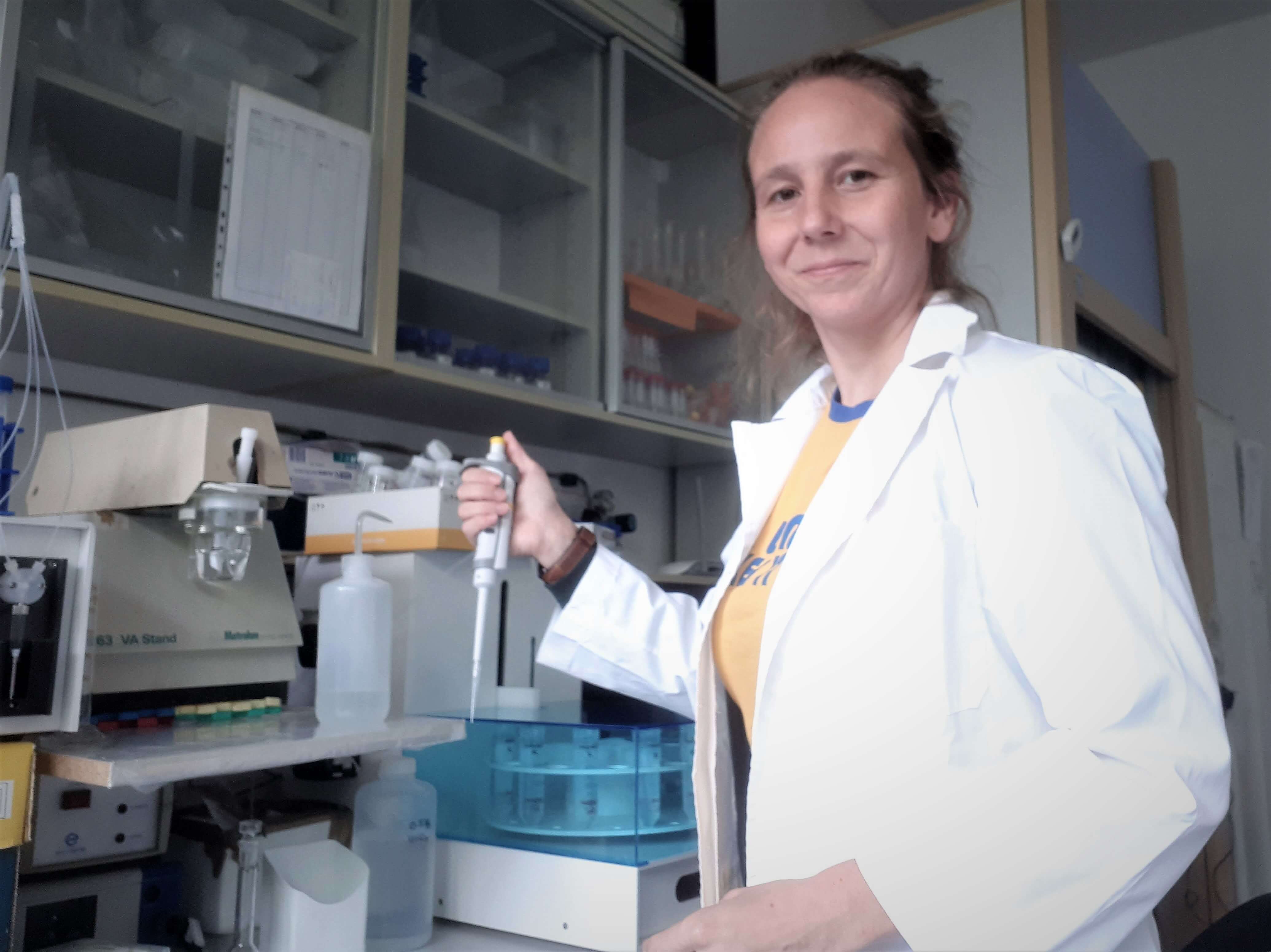
Dr. Abra Penezić © Ruđer Bošković Institute
The research showed that in colder periods of the year, the increase of metal traces of zinc, cadmium, and lead in the Adriatic is owed to the heating systems and transportation from continental Europe.
In the summer, increased traffic emissions allow nickel, cobalt, and copper to be on the rise. The rain increases wet sedimentation and, along with open forest fires and Sahara dust, they become factors of increasing metal particles. The IRB press release states that while the concentration of this article is small, it is important to constantly monitor these levels.
''The results of this research will contribute to the further knowledge on processes on this specific area and the dynamics of the atmosphere and the sea,'' they explained from IRB.
This research is also part of the BiREADI research project. It began back in 2018 and will last until 2022 with a million kuna budget, the project aims to explore the complex dynamic and mutual influence of the atmosphere and the sea, an important and profound question to answer in respect both to the climate challenges we experience now and those that are yet to come.
Learn more about beaches in Croatia on our TC page.
For more about science in Croatia, follow TCN's dedicated page.


